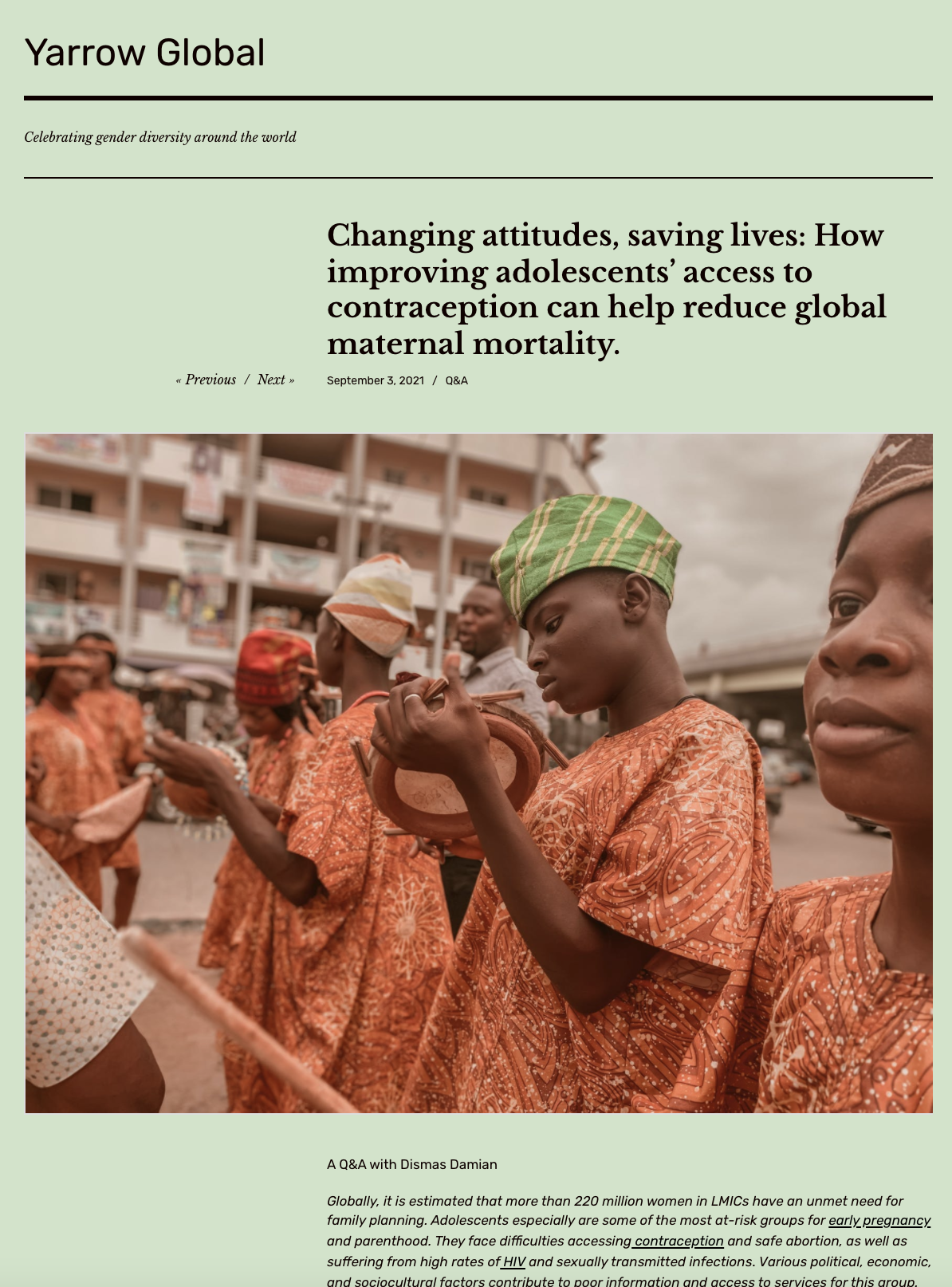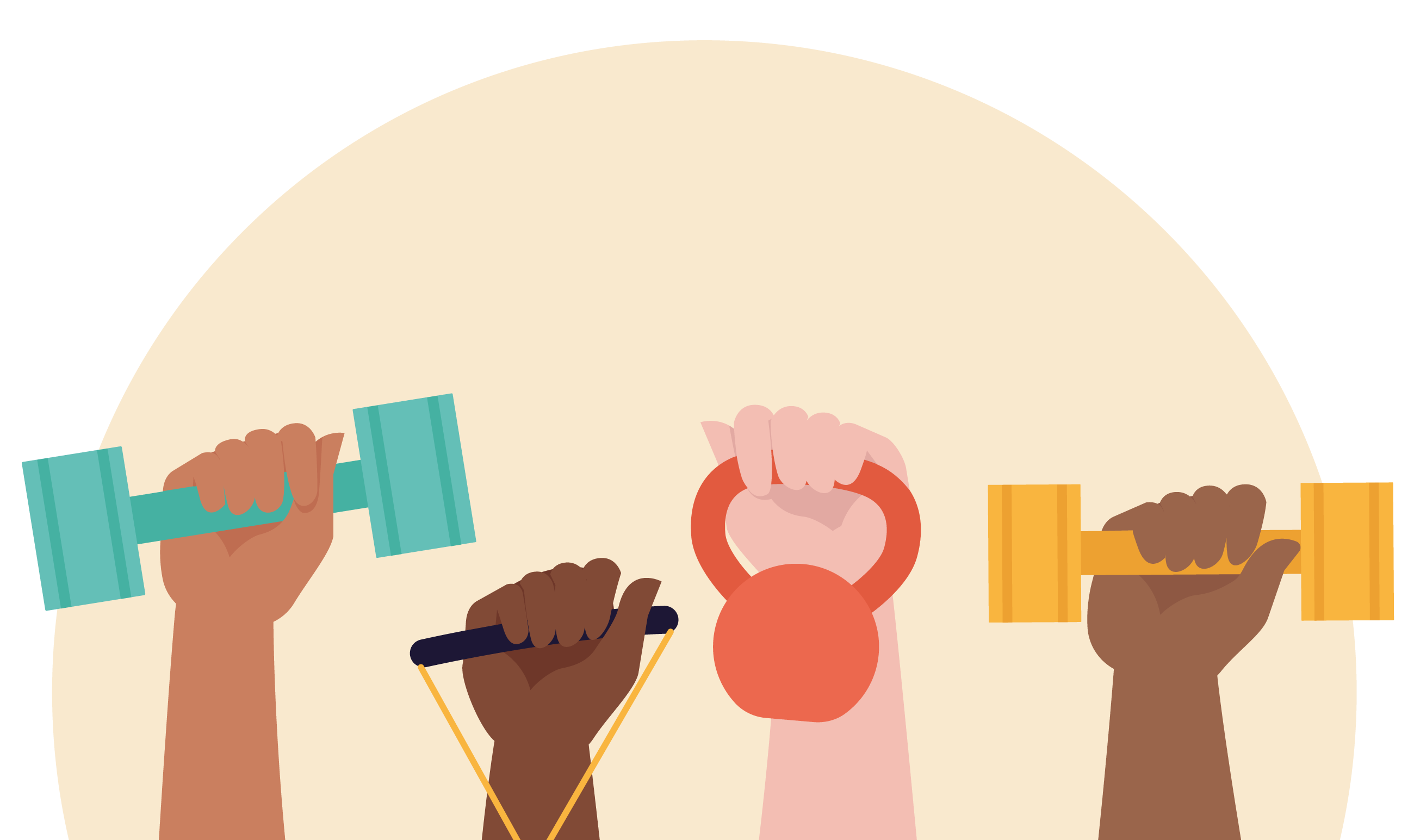A Q&A with Dismas Damian
Globally, it is estimated that more than 220 million women in LMICs have an unmet need for family planning. Adolescents especially are some of the most at-risk groups for early pregnancy and parenthood. They face difficulties accessing contraception and safe abortion, as well as suffering from high rates of HIV and sexually transmitted infections. Various political, economic, and sociocultural factors contribute to poor information and access to services for this group. Among those are the attitudes of healthcare workers who often fail to provide young people with supportive, nonjudgmental, youth-appropriate services.
But access to reproductive health services, including contraception, can often literally be a matter of life and death for adolescents, who are much more at risk of maternal mortality than other age groups. Complications during pregnancy and childbirth are the leading cause of death for 15–19-year-old girls around the world. For example, a recent study on maternal mortality in Tanzania found that women aged 20 to 29 years were 43% less likely to die from pregnancy-related issues compared to those younger than 20 years. One of the Sustainable Development Goals is to reduce their maternal mortality ratio to less than 70 deaths per 100,000 live births by 2030. Because adolescents are a high risk group, improving access to family planning is a huge way this goal can be reached.
Dismas Damian is a medical doctor and consultant who is working to increase adolescence contraceptive access in Tanzania. Dismas started his professional journey working in pediatric HIV programs. He was curious not just about the medical condition, but also how social norms influenced how people perceived and dealt with the condition. He soon realized that social perceptions and values were a huge factor influencing disease outcomes, and beneficiaries of health care programs needed to be included in the design to improve health care access. He is currently working with Pathfinder in Tanzania to implement programs that provide sexual and reproductive health care to adolescents. Yarrow Global had a virtual chat to talk about the unique needs of adolescent sexual and reproductive health, how health providers can make or break the success of a program, and why including adolescents in the design of a program is essential to making it work.






